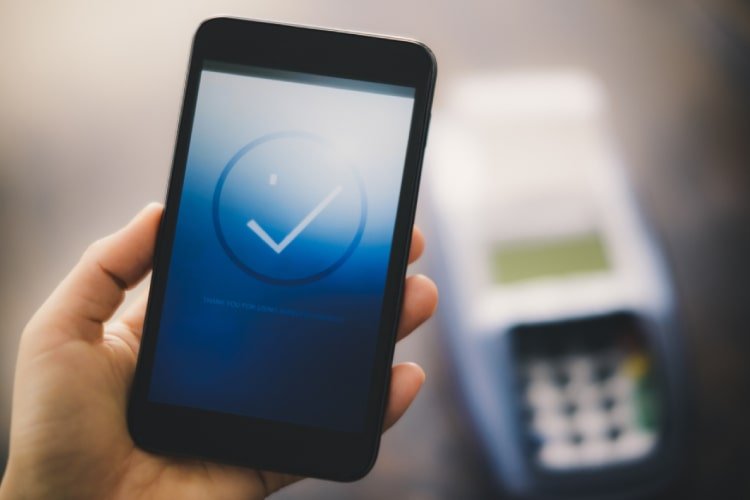The sign warned riders of avoiding identity theft by only using the approved credit card processing system mounted to the divider shield in the back seat of the taxi. It then went on to discuss alternative, unlawful scenarios which included avoiding making fare payments using a “cube mounted to a smartphone or rouge smartphone application”.
This is the first display of its kind that I’ve encountered warning customers of the hazards of using a mobile device for payment. More and more small and medium sized businesses have adopted non-traditional payment acceptance options, like accepting a card payment via smartphone attachment. However, the irony that this particular warning notice was against the same person who was driving me wasn’t lost either. No different from the need to monitor a bank employee, someone running the checkout line at a store, or the chief accounting officer of a large enterprise, insider fraud (also known as employee or business fraud) can happen in any industry and prevention efforts must be all encompassing. A recent study in Australia estimates that almost half (45 percent) of businesses with more than 500 employees suffer from the fallout of this type fraud.
The influx of mobile technology and payment options empowers customers with new ways to transact and shop, putting the power of immediacy in the palm of their hands. Unfortunately, that same technology also facilitates new ways for fraud to take place. Card issuers, merchant acquirers, processors and financial institutions must continue to promote customer awareness of fraud while also employing fraud management technologies designed to monitor and thwart the fraudulent attempts of employees and non-employees.
I applaud the New York City Taxi & Limousine Commission for its consumer awareness efforts on fraud. I expect we will see more warning signs related to mobile fraud in various locations as the adoption of mobile payments continues to pick up pace.




